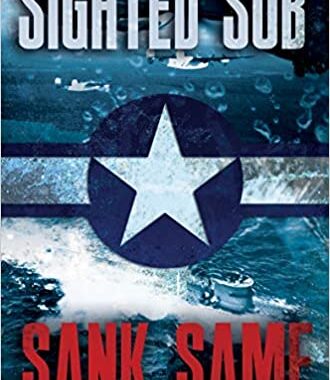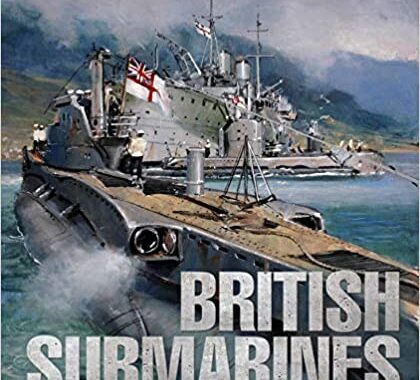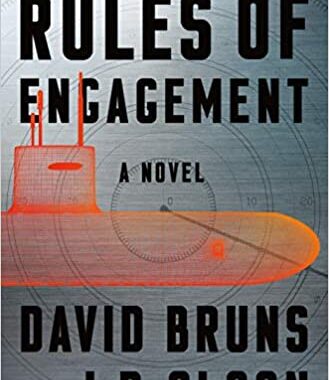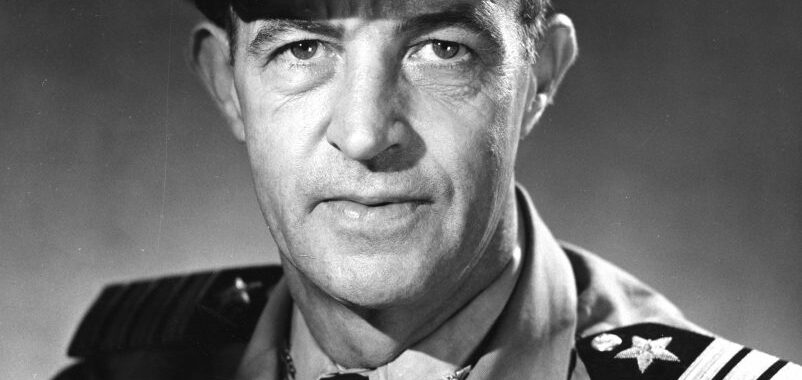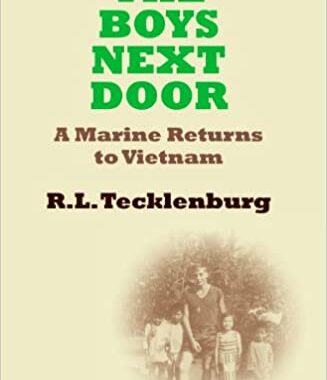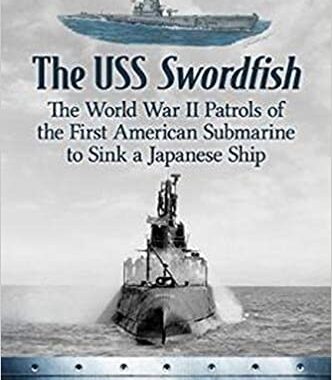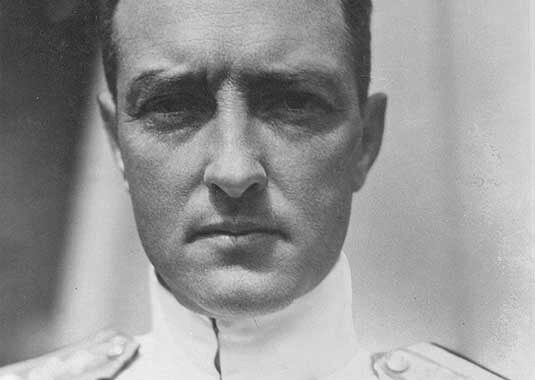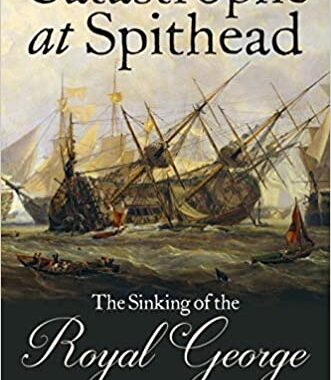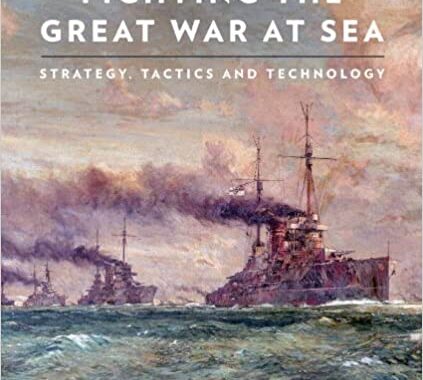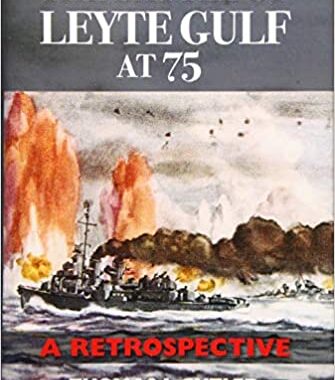Sighted Sub, Sank Same: The United States Navy’s Air Campaign against the U-Boat
Reviewed by LT Brian Hayes, USNR This book tells the story of World War II U.S. naval aviation operations against the German U-Boat arm. It’s an interesting and important story, but other books tell it better. Aircraft were essential to the Allied victory in the Battle of the Atlantic. Unlike modern submarines, early U-Boats operated

